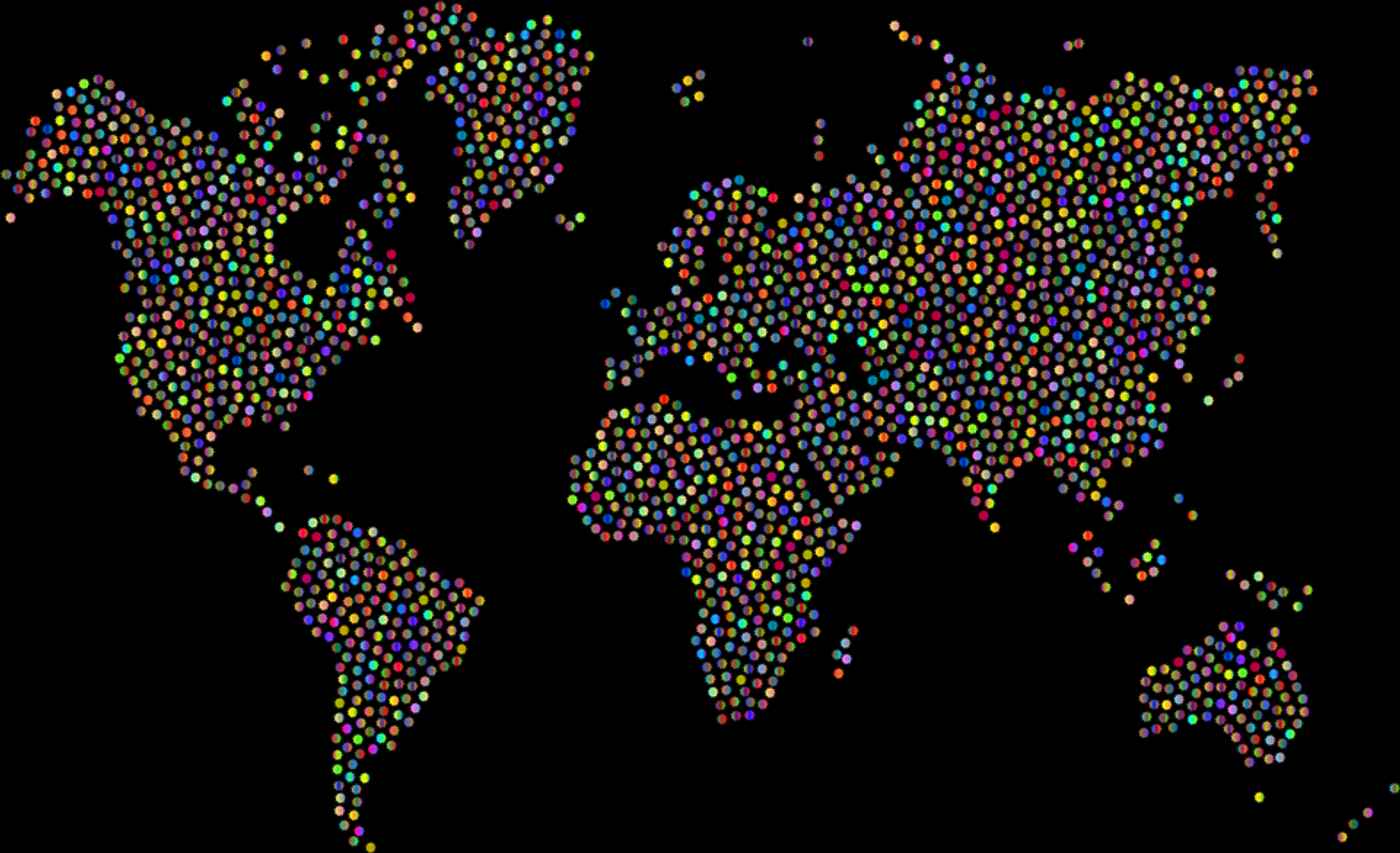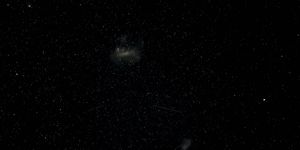Cancer mapping shows health disparities in remote areas
Scientists mapping cancer statistics have developed a new mathematical model to track health inequalities relating to the disease. Their findings, published in the Royal Society Open Science, uncover patterns of cancer incidence according to the "remoteness."
Lead author Farzana Jahan, a QUT researcher and Ph.D. candidate gathered data from the Australian Cancer Atlas in order to analyze geographical patterns of cancer. Disease mapping is already a known phenomenon in epidemiology to study disease prevalence and mortality rates (hello COVID-19 contact tracing!), but Jahan wanted to look specifically at cancer incidence in relation to remoteness.
The study found remote areas had a higher incidence of cancers of the head and neck, liver, lung, esophageal for males and females and cervical and uterine cancers for females. Meanwhile, major cities showed a higher incidence of brain cancer, myeloma, non-Hodgkin lymphoma, pancreatic, stomach, thyroid cancer for both sexes, kidney cancer for males, leukemia, and ovarian cancer for females.
"Our research provides a method for further analyzing information that goes beyond the scope of disease summaries," Jahan said.
Co-author Dr. Susanna Cramb adds that this method goes beyond the typical factors (age and population size) considered in disease atlases. "People might be interested in considering whether, for instance, the distance to the nearest radiotherapy facility affects survival, or the proportion of workers with high sun exposure is associated with melanoma incidence," Dr. Cramb elaborates.
"Comparing socioeconomic associations with certain cancer types and with other countries worldwide is another potential area to investigate. This study unlocks data from sources like the Cancer Atlas to explore and refine research hypotheses."
Sources: Royal Society Open Science, Science Daily









